Mystery Of Great Pyramids
Table of Contents
Introduction
For thousands of years, pyramids have tantalized and captured human imagination. The large stone blocks and intricate designs that seemingly represent resilient symbols of the civilizations that built them are testament to these ancient structures. Pyramids are located in every corner of the world-from the deserts of Egypt to the jungles of Central America-and their purposes, construction techniques, and mysterious content will continue to fascinate all scientists, historians, and lay people.

Pyramids: Historical Background
Ancient Building: Mesopotamia vs. Egypt
The earliest record of pyramids was traced to the ancient Mesopotamian civilization, whose people constructed ziggurats as stepped temples for their gods. From these ziggurats, the later and more sophisticated pyramids of ancient Egypt were born. It was in the hands of the Egyptians that the pyramid concept became one of the greatest architectural achievements in the history of humanity.
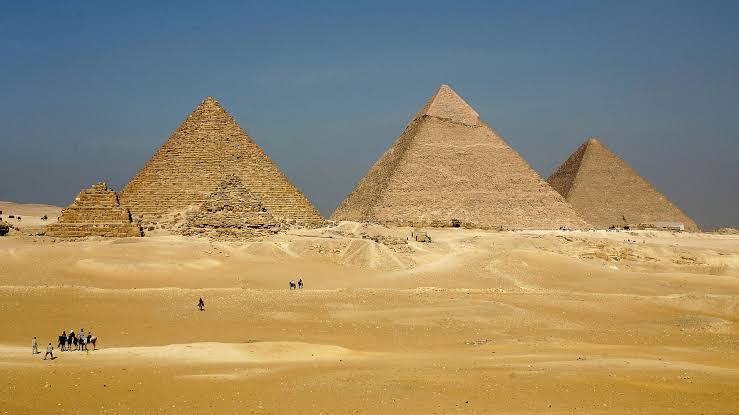
The Evolution of Pyramid Building Technique
Pyramid construction changed much over the course of several centuries. In contrast to the Step Pyramid of Djoser, built around 2650 BC, one of the earliest pyramids, later pyramids at Giza and elsewhere showed sophisticated engineering skills, perfect alignment with celestial bodies, and advanced mathematical and astronomical knowledge.
Egyptian Pyramids
Pyramids of Giza: An Overview
Undoubtedly, the Pyramids of Giza are perhaps the most famous pyramids in the world. Built on the Giza Plateau near Cairo, Egypt, it houses three great pyramids: the Great Pyramid of Khufu, the Pyramid of Khafre, and the Pyramid of Menkaure. Constructed during the Fourth Dynasty of the Old Kingdom, these three pyramids have withstood thousands of years’ worth of natural as well as human-induced wear and tear.
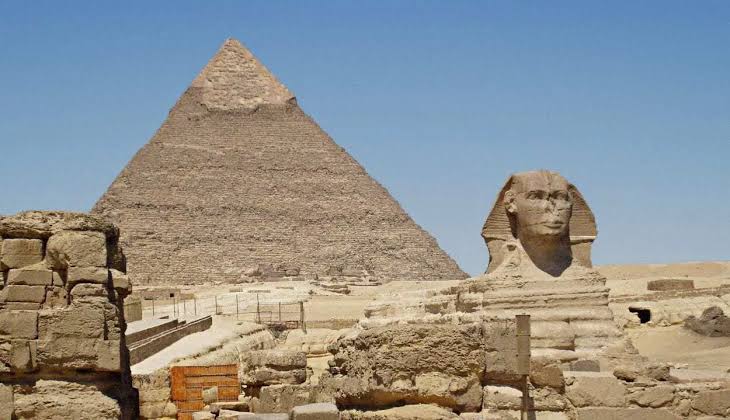
Construction Techniques and Theories
Probably, no other topic in archaeology is more argued on than the construction of Egyptian pyramids as there are myriads of theories proposing mammoth ramps and levers at one end and extraterrestrial aid at the other. A highly accepted idea is that these people used what would constitute high-class labor, perfect engineering, and even a more defined knowledge of physics in order to be able to construct such monumental structures.
The Purpose of Egyptian Pyramids
Most of the pyramids in Egypt were tombs for the pharaohs and their mistresses. These transformed not only into tombs but also monumental expressions of powers granted to such ruling gods. The reason behind building the pyramids is to ensure safe passage of the deceased into afterlife, which was an integral part of ancient Egyptian religion.
Mesoamerican Pyramids
The Pyramids of Teotihuacan
Some of the most stunning pyramids to be found in the Americas are located at Teotihuacan, which is located in what is now Mexico. Overhanging the landscape of the city are the Pyramid of the Sun and the Pyramid of the Moon. These monuments took the center stage of the city’s religious and ceremonial life, systematically showcasing the cosmological values of the Teotihuacan civilization.

The Mayan Pyramids: Tikal and Chichen Itza
The Mayan civilization had a number of pyramids spread throughout their Central American territory. Some of the most famous include the pyramids at Tikal and Chichen Itza. One of the most renown for astronomical alignments is the Pyramid of Kukulcan at Chichen Itza, especially on the equinox when it is said that a shadow in the form of a serpent appears to slide down the steps of the pyramid.

Building and Cultural Significance
Mesoamerican pyramids were typically constructed from a combination of limestone and other native material. They served as temples, tombs, and sanctuaries and served as vital elements in the religious and political landscapes of the community. Many of these pyramids featured elaborate carvings and ornamentation that reflected the mythology and cosmology of the civilization.
Other Pyramidal Structures
The Nubian Pyramids of Sudan
Meanwhile in Sudan, the kingdom of Kush, erected thousands of pyramids over Nubian region; these pyramids were smaller in size, with steeper slopes than those in Egypt and were graveyards for the Nubian kings and queens. The Nubian pyramids are manifestations of Egypt-Kush cultural interaction; with special architectural features, and modes of burial.

The Pyramids of Ancient Greece and Rome
While not as well known as those in Egypt, the ancient Greeks and Romans too had constructed pyramidal buildings. One of the famous examples is the Pyramid of Cestius in Rome, the tomb for the Roman magistrate Gaius Cestius. It is evidence of the Egyptic influence on Mediterranean architectural traditions.

Asian Pyramids:
The Pyramids of China
There are many pyramids in China, especially in Shaanxi. The most famous of these pyramids is the Terracotta Army located in the Mausoleum of the First Qin Emperor. Pyramids are major structures made for great tomb complexes due to the Chinese belief in an afterlife and the unique status of the emperor in society.

Mysteries of the Pyramids
Construction Mysteries: Tools and Methods
One of the biggest mysteries of the pyramids is the ways they were built. It’s a mystery surrounding how stone blocks, weighing a number of tons, can be cut and placed with such precision without the machinery available to us today. Some of the theories mentioned for this process include using simple tools, advanced knowledge of leverage and balance, and lost technologies that might not have been rediscovered yet.
Alignments with Astronomical Events
Many pyramids have been discovered to align with certain astronomical events, like solstices, equinoxes, and constellations. It has even been argued that the Great Pyramid of Giza is aligned not only with the cardinal points but also with the constellation Orion. All these alignments lead one to believe that the architects were well-versed in astronomy and sought to imbue their architecture with cosmic meaning.
Chambers and Secret Passages
This mystery beyond all thought of by ordinary humans is supplemented to the discovery of secret chambers and hidden passages within pyramids. Recently, in the last few years, ground-penetrating radar and other non-invasive technologies discovered voids within the Great Pyramid of Giza that were previously unknown. Whether there is more that the pyramids know that has not yet been fully pursued is subject to some forms of questioning.
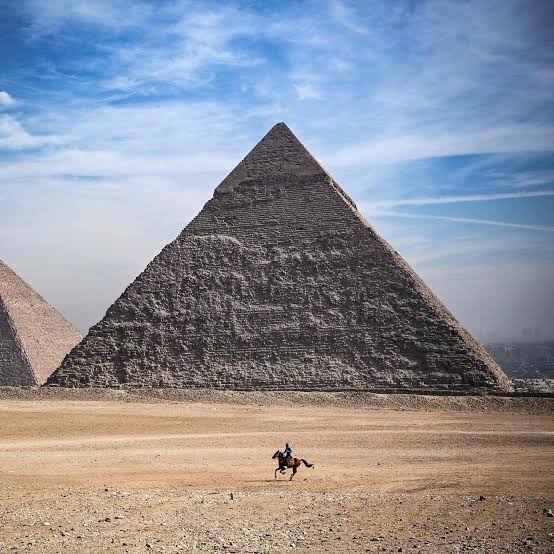
Theories and Speculations
Ancient Alien Theories
One of the most debated theories is intergalactic support in building pyramids. It is a theory where interests claim that ancient civilizations could never have achieved the advanced engineering and astronomical knowledge necessary in the development of pyramids. This theory has generated so much fascination among people without concrete evidence, yet they continue to entertain it.
Advanced Lost Civilizations H Grade
A third theory suggests that pyramids are the ruins of advanced lost civilizations that existed before known history. Such civilizations, according to this theory, possessed more advanced technologies and knowledge which were lost after a cataclysmic event. This theory is in an effort to narrate the general similarities revealed in pyramid construction all over the world.
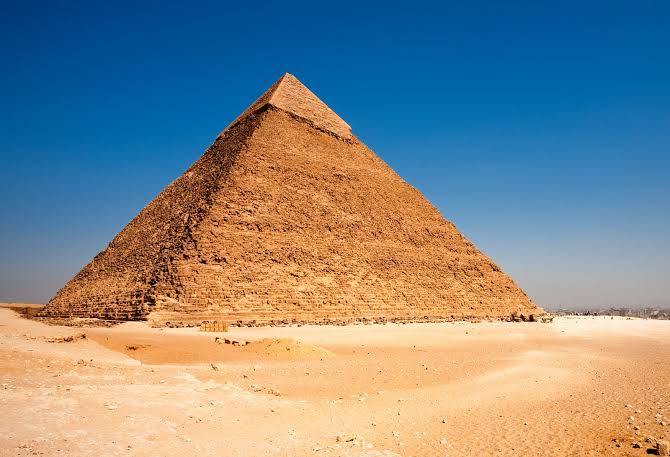
Symbolism and Esoteric Interpretations
Pyramids can be considered as signs of spiritual, esoteric importance. Explanation refers to the fact that their pyramidal form symbolizes meeting points in accessing earthly and heavenly realms, like a role point where human effort reaches heaven. This symbolism is visible in different religious as well as philosophical domains and emphasizes the spiritual significance of pyramids.
New Archaeological Methods
Technologies today
Many things have been discovered concerning pyramids due to archaeological methods improvement. High-resolution 3D scanning, drone surveys, and remote sensing have shed much light on the construction and condition of these ancient structures. Such technologies make it possible to study pyramids noninvasively and ensure the preservation of integrity in such structures while making new discoveries.
Ground-Penetrating Radar and Satellites Findings
Ground-penetrating radar and satellite imagery are two vital technologies that have revolutionized the study of pyramids. They can expose features that were previously inaccessible, including subterranean chambers and tunnels that can be traced out only through other means. For example, the ScanPyramids project has discovered a plethora of anomalies inside the Great Pyramid of Giza pointing to unknown cavities.

New Excavations and Discoveries
Continuity excavations dig up new pieces of information concerning pyramids. In Egypt, some of the new discoveries have been the tombs of officers and other pyramid structures. In Mexico, there was excavation of Teotihuacan, where they discovered artifacts to enlighten how people within this city lived, believed, and their social life. This helps in developing more knowledge about civilizations that constructed such monuments.
Influence on Modern Architecture
The concept of pyramids is found in contemporary architecture. Geometric shapes, monumental scale, and use of symbolism are adopted in the design of buildings such as the Louvre Pyramid in Paris and the Luxor Hotel in Las Vegas. These new developments speak well of the old builders but provide a wonderful example of modern imagination.
Pyramids and Popular Culture
Pyramids are indeed a prominent feature in popular imagination and can be seen in movies, literature, and art. Movies, such as “The Mummy,” and books, such as “The Da Vinci Code,” use a pyramid somewhere as an integral part of the plot, influencing the mysteriousness and adventurous appeal of the movie/ book. This popular cultural interest is therefore testament to the long history of the pyramid’s fascination and their importance in human history.
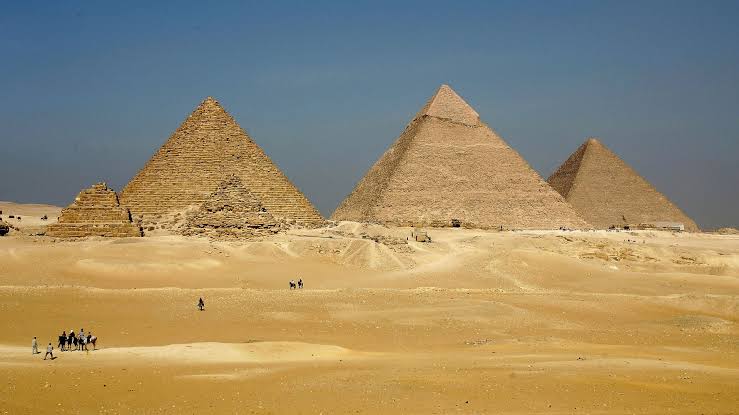
Tourism and Economic Impact:
Pyramids are one of the significant tourist destinations. Millions of people visit each year, and sites like Giza, Teotihuacan, and Chichen Itza contribute very significant money inflow to those nations. But with that tourism comes problems of preservation and sustainment. It is quite vital to conserve these ancient structures with tourism.
Challenges in Preserving Ancient Structures
Some of the major challenges when working with ancient structures include:
- Deterioration of the structure
- Disintegration of rocks
- Loss of components of construction
- Integrity gets compromised because no maintenance is done, nor is it preserved.
Human activity and environmental elements constitute main sources of natural degradation and human involvement in degrading processes. The effects of wind, rain, pollution, and other elements could degrade the stone. Tourism can cause wear and tear. Careful planning and proper resource allocation are a must for efforts toward protection.
International Efforts and Collaborations
International cooperation is a lifesaver in pyramid preservation. At times, UNESCO engages the local governments to work out a plan and even enforcement for conservation. Sometimes funding, technical assistance, and community mobilization are required for proper conservation of these cultural treasures.

Role of Technology in Preservation
The pyramids are preserved through technology. Among the important techniques in that area include laser scanning and photogrammetry, which can detail the state and condition of these structures. Another new technique in the study of pyramids is digital modeling and virtual reality, allowing for a world audience but causing minimal disturbance on earth.
Conclusion
Pyramids stand as a testimonial of ingenuity, creativity, and determination by ancient civilizations. Many of them were built today, while others for reasons, unknown; still, the mysterious secrets they conceal have long since sparked and inspired humankind. The more modern technology discovers about pyramids, the more intricate human history is revealed.
This drive to discover more about the pyramids remains, reminding us of our living heritage and of responsibility toward generations yet to come.
FAQs
Which are the most prevalent kinds of pyramids constructed worldwide?
Pyramids occur in different forms throughout various parts of the world. Amongst these forms include Egyptian pyramids, Mesoamerican pyramids, Nubian pyramids in Sudan, and Chinese pyramids. Each type consists of a specific cultural and architectural practice of the civilization that constructed them.
How were the Egyptian pyramids constructed?
The precise techniques for building the Egyptian pyramids are still a topic of controversy. Research points to the use of ramps and levers, but primarily it is believed to have involved a large, well-trained workforce with a good understanding of engineering and labor. Modern-day research is always looking to answer these questions in better detail.
What was the purpose of the pyramids?
The pyramids were primarily tombs to the rulers and important persons. They were also religious or ceremonial in a way, likely by linking worldly and heavenly expressions with astral phenomena.
Do there still exist undiscovered pyramids?
Yes, without any doubt. New discoveries of structures and chambers are still coming up with the modern technological exploration tools like ground-penetrating radar and satellite imagery, and this could bring even more pyramids into existence in the future.
Modern pyramids technological application
Advancement in modern technology has helped much in the study of pyramids. These include ground-penetrating radar, satellite imagery, 3D scanning, and remote sensing. This allows researchers and archaeologists to closely survey pyramids for information non-invasively regarding their use, construction, and meaning behind the pyramid.




